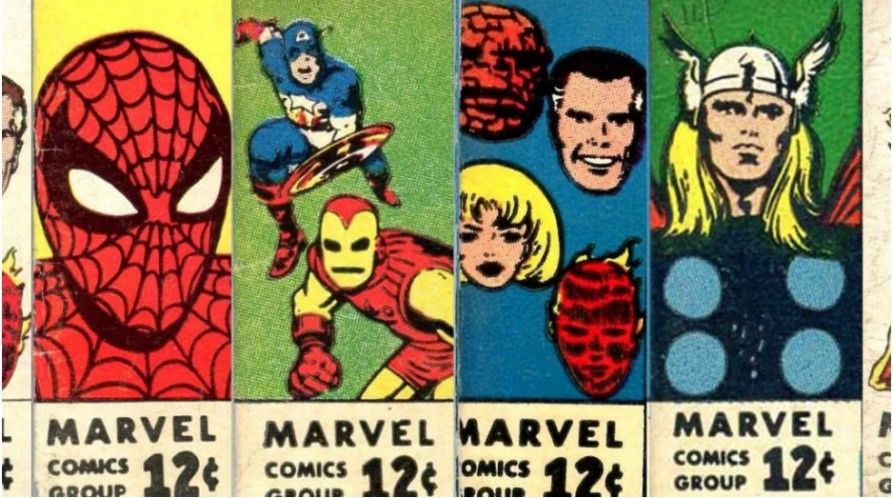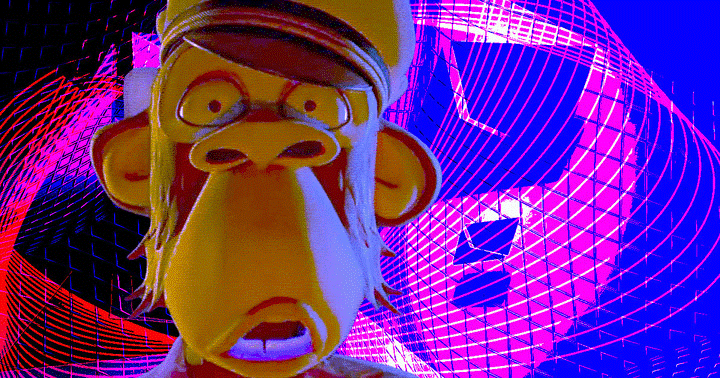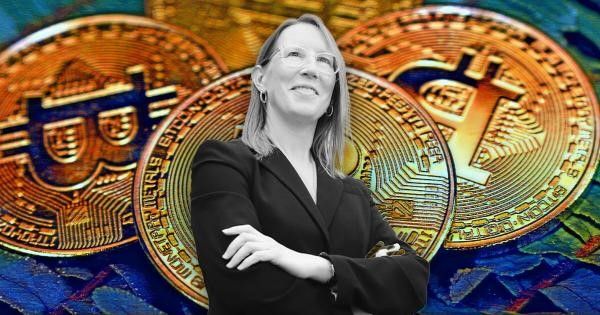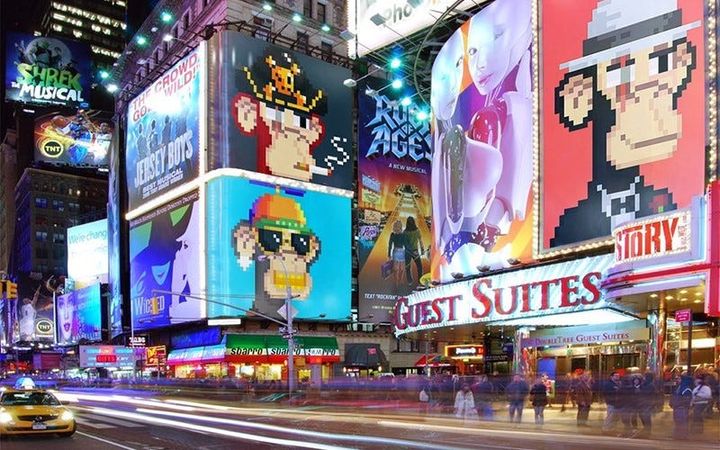At this point, it is safe to say 95% or more of PFP NFT projects launched over the past year will go under and fail if they have not already. The novelty has worn off and the market was unfortunately flooded with thousands of knockoffs and money grabs that in retrospect stood no chance of sustaining any long-term value.
If you are a believer in the technology — have no fear. The successful adoption and ultimate application of NFTs in various industries never depended on these projects, despite what mainstream headlines might say. I personally have no doubts with respect to the use cases we will see in the short to medium-term in industries like gaming and education.
That being said, I have not given up hope on all of these early projects. Many “blue chips” like BAYC, Doodles, and Azuki have loyal followings, amassed impressive treasuries, and are starting to build what may be considered some of the first-ever native Web3 brands. There is still something of value here. However, for NFT holders who are entitled to no cash flow or any obligation from a project’s founders, the question becomes whether any of that value will flow through and if so how.

Early NFT Projects as “Collectibles”
As an avid comic collector, let me tell you there will always be an audience willing to pay large sums of money for items with essentially no utility other than their collectability. Crazy? Probably, but it is not all about utility or cash flow. Rather, it is the history, community, memories evoked, bragging rights, and love for the art of collecting that brings people in.
And long term this is exactly how I see early blue-chip PFP projects maintaining value — as “collectibles.” If these projects maintain their trajectory and become massively popular brands, the underlying NFTs will become the OG Spider-Man and Fantastic Four comics of the Web3 universe.
Marvel Silver Age Comic Collecting
Don’t believe me regarding the comic book comparison? Allow me to digress. In the 1960s, all of the classic Marvel superheroes that we see in movies today were being introduced during what is known as the Silver Age of comics. From the imagination of the legendary Stan Lee, some of the greatest characters ever known were born in the span of just a few years, including Spider-Man, the Fantastic Four, Iron Man, Daredevil, the Hulk, the Silver Surfer, and countless more.
Today, the market for these early comics is wild. To get an idea of the upper ceiling, look no further than the first appearances of key Marvel superheroes and teams — e.g., Fantastic Four #1, Amazing Fantasy #15 (first appearance of Spider-Man), Journey into Mystery #83 (first appearance of Thor), X-Men #1, and Tales of Suspense #39 (first appearance of Iron Man), among others. For each of these comics, see below for a chart showing the one-year average or estimated prices for three different grades on a scale of 0.5 to 10.0 — (i) high-grade, 9.2 Near Mint Minus (NM-), (ii) mid-grade, 6.0 Fine (F), and (iii) low-grade, 2.0 Good (G). All data is from GoCollect.

These prices are just estimated valuations based on recent sales and are not indicative of what you might receive in the market on any given day, but they do provide good ballpark figures of what to expect for these historically valuable comics.
A random sampling of first appearances of key antagonists and/or other more minor characters will similarly cost a hefty price. For example, the first appearance of Doctor Doom (Fantastic Four #5) will cost $149,050 at NM- and $21,280 at F. The first appearance of Loki (Journey into Mystery #85) comes in a bit lower but still costs a decent sum and is estimated at $48,000 for NM- and $5,667 for F.
Even just standard (no first appearances), relatively early issues of comics from any of these key Marvel series will typically cost at least a few hundred dollars. For example, a 6.0 (F) grade for Fantastic Four #22 and Spider-Man 34 will cost $335 and $261, respectively.
The point is, these comics command serious value, and many avid collectors purchase comics “slabbed” and do not even read them (i.e., no utility).

Drawing Parallels Between NFT Projects and Classic Comics
Comics provide a good comparison for early NFT projects not just because of similarities regarding collectability, but also because both assets partly derive their value from underlying intellectual property (IP). There were hundreds of other comics besides Marvel superheroes that also released in the 1960s, but most of these are probably worthless today because they never gained traction or a following that could last over the decades. This is probably how we will view the NFT project landscape in a few years’ time.
See below for a more detailed comparison of the two markets from both a collectability and IP standpoint — certain similarities are striking.
Collectability — Art & Utility (Or Lack Thereof)
We have all heard it before — why are people spending millions buying JPEGs with no utility? Let’s extend this to a slabbed comic — why would anyone spend millions on an encased comic that they cannot even read? I can see how it can be mind-boggling for those that are not active participants in either space. However, as noted before the collectibles market can be a peculiar place when it comes to value. Whether NFT projects can sustain their brands for as long as comics have is yet to be seen. However, if they can, the fact that NFTs are just “JPEGs” should not be a primary criticism when it comes to determining collectible value.

Collectability — Illiquidity
Both comics and NFTs are illiquid in their own ways. If I want to sell a comic, I actually have to find a buyer, which takes time and effort. The same goes for NFTs — although the actual exchange of property is a little easier with NFTs since it occurs digitally. This reality makes sense since each comic and NFT is unique. In contrast, traders can exchange more liquid and fungible assets like large-cap stocks, currencies, or even Bitcoin on demand at a given price without moving that market’s price.
Collectability — Scarcity & Supply
Comics and NFT projects are valuable partly because they are scarce. Whereas the number of issues of a particular comic is limited by its print run, the number of NFTs in a project is limited by its mint.
We have all grown accustomed to the classic 10,000 item NFT mint, plus or minus a few thousand depending on the project. Interestingly, this is relatively similar to the number of CGC graded comics in circulation for each of the Marvel Silver Age keys. Granted, there are many more thousand raw comics out there for any given issue, but when thinking about which comics are actually the most liquid and in demand, it is generally the slabbed comics. Given the similar supply, it is not all too surprising that the prices in each market are within range of each other (see next section).
Collectability — Price Range
As noted earlier, Marvel keys can easily go for thousands and in very rare instances reach into the millions depending on the grade. These price ranges are not all that dissimilar from current blue-chip NFTs. Even today in the midst of a crypto winter, projects like BAYC and Azuki have maintained significant value. As of writing, the current floor price is $72,000 for BAYC and $13,000 for Azuki. Projects like Cool Cats which have fallen a bit from grace still also cost $2,400 at a minimum. These prices also pale in comparison to what we saw at the peak of the NFT bull run, when floor prices reached into the hundreds of thousands of USD with multiple sales of over $1 million occurring (see here for a BAYC and here for an Azuki million dollar sale). Even if we never see those levels again, current prices for top projects are still within range of key comics today (scroll through this list for another sampling of Silver Age comic prices).
Collectability — Community
Collecting is a hobby, and part of that hobby is meeting and talking with other collectors regarding each other’s collections, cool developments in the space, and other relevant topics. Comic and NFT collectors are quite similar in this way. Comic collectors might meet up at a comic con (see San Diego for a big one) or local comic shop, while NFT collectors attend crypto conferences (see NFT.NYC or Ape Fest) or engage with each other on Twitter or Discord. The more vocal and active supporters for each community are found here.
IP Monetization
Marvel Silver Age and other comics have clearly maintained relevance for over half a century now. However, the monetization potential for those owning the IP of comics does not end with publication. Just see what Disney has done with Marvel IP in the 13 years since acquiring the company for $4 billion.
In that span, movies released within the Marvel Cinematic Universe grossed in total nearly $30 billion and essentially took over Hollywood in the process. No big deal. Although one can never reasonably expect to replicate this scale of success, it serves as a reminder that there is a wide scope of commercial opportunities available for those owning the IP of collections. Whether it be through film, TV, toys, video games, or other — once a project has gained significant popularity and IP, the potential for expanding content is there.
Whether NFT projects can similarly capitalize on their growing IP is currently unknown. However, we are already starting to see attempts — see BAYC as an example.
Among other things, Yuga Labs (creator of BAYC) is building out a playable metaverse known as the “Otherside” for NFT holders to immerse themselves in. Upon launch we will see how Yuga ultimately monetizes this platform, but it is being built off the BAYC brand and the “Otherdeed” land mint has already netted Yuga in excess of $300 million — a staggering amount even for peak NFT standards.
We have also seen attempts at capitalizing on IP at the individual NFT holder level. For example, Timbaland launched an entertainment brand called Ape-In Productions based on Bored Apes with some of the NFT characters posing on the label.
“Pairing NFT characters with real-world talent to build unprecedented intellectual property value, we are providing new ways for artists, NFT holders, and third-parties such as brands to mutually benefit from one another and to enjoy the perks of belonging to an incredible web3 community.” — Ape-In Productions website

As seen with Timbaland, one important distinction between comic and NFT holders is that it may be possible for individual NFT holders to capitalize on the broader IP of a project, rights which Marvel would never grant. There are still evolving norms surrounding whether NFT holders actually own the IP of their NFTs, which depends on whether the license agreements attached grant such rights. As the space develops, more clarity and awareness will start to emerge here, and firms like a16z have already proposed legal frameworks that projects can use to tackle the issue.
The hope for many NFT holders is that similar to how Disney’s Marvel movies catapulted the prices of the underlying comics, as projects continue to use their IP in creative ways more value and utility can be created for all.
Conclusion
Is the collectible market and IP associated with classic Marvel comics representative of what early NFT projects might eventually become?
This question, in a nutshell, is the value proposition for owning blue-chip NFTs today. When I see VCs like Alexis Ohanian’s (co-founder of Reddit) Seven Seven Six taking large stakes in projects like Doodles at $700 million valuations, you would think some have to agree. However, the verdict is still out.
If blue-chip NFTs continue to evolve into what may be considered the first-ever native Web3 entertainment brands with valuable IP, some of these projects can end up resembling comics in terms of mass media appeal. This should then also flow through and increase the social capital and value associated with the individual NFTs themselves, the market and demand for which is structurally similar to that of classic comics in terms of collectability.
It is still a long shot for many of these projects to develop into established brands, and for this reason most projects are still likely overvalued given their current prices. But for those that succeed, the comic market shows that collectors are more than willing to pay sky-high prices for a part of history, community, and prestige.






Comments ()